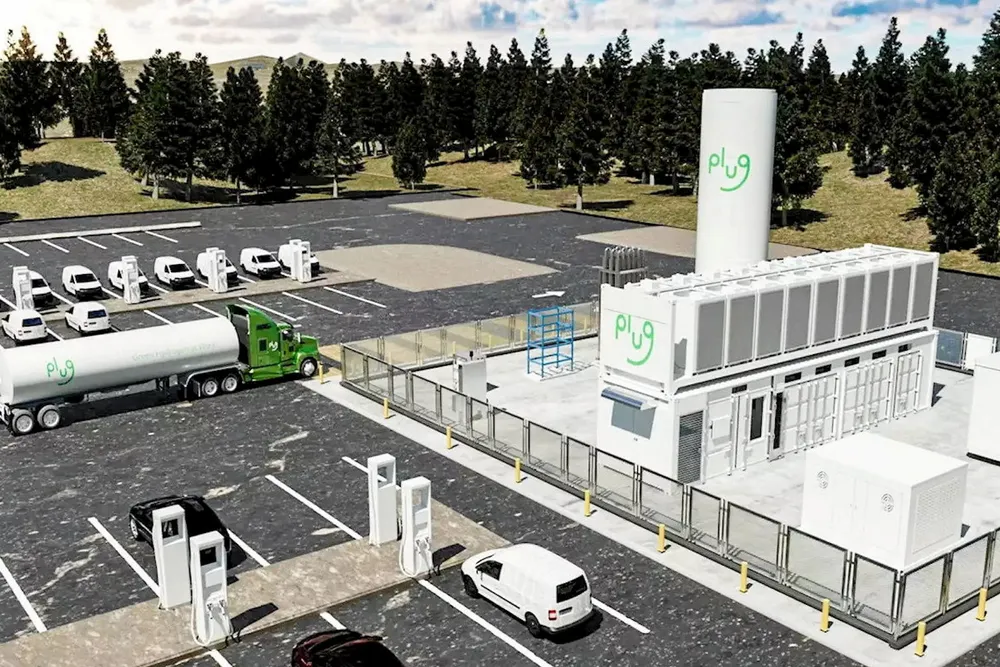Plug Power wants companies to charge their battery electric vehicles with hydrogen
US-based H2 equipment maker unveils huge fuel-cell system for off-grid EV charging — but it could require four times as much renewable energy as using the grid directly
